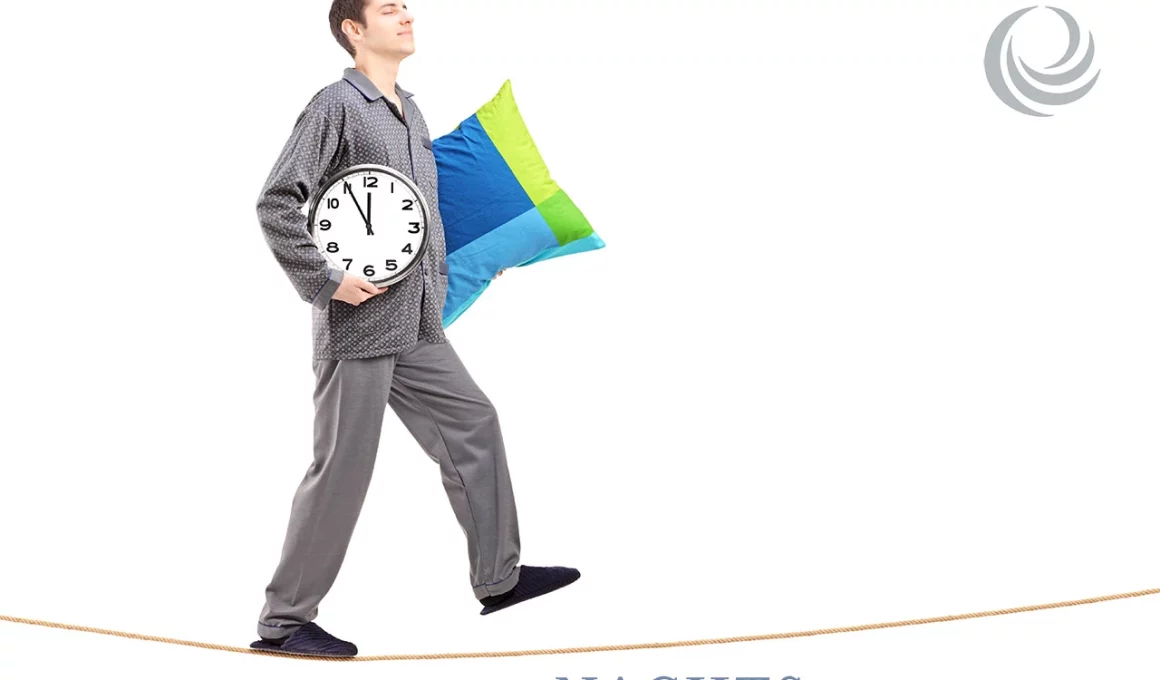When we imagine a sleepwalker, most of us probably first see the image of a sleeping person wandering around on a roof ridge under a full moon with their arms outstretched in their nightgown or pyjamas. But in fact, sleepwalking usually looks very different and is much more varied in its manifestations. But what exactly does a sleepwalker look like? And how does sleepwalking occur in the first place? You can find out all this and much more in this article about sleepwalking.
What exactly is sleepwalking?
Sleepwalking is the term used to describe people who perform different types of actions in a kind of twilight state during sleep. The manifestations of sleepwalking – also known as somnambulism – are extremely varied. There are minor episodes of sleepwalking in which those affected only sit up in bed or adjust the comforter. There are also sleepwalkers who get up and walk around. And there may also be specific activities such as cleaning or preparing food.
All sufferers have one thing in common: their eyes are open during sleepwalking, but their gaze is fixed and blank. In most cases, they are responsive and able to answer, albeit often indistinctly. As a rule, sleepwalkers find their way back to bed all by themselves, where they continue to sleep peacefully. The next morning, they have no memory of their nocturnal excursions and actions.
Even though sleepwalkers are generally considered to have a certain degree of confidence in their actions, in reality they are at risk of accidents and injuries, especially from falls.
What causes us to sleepwalk?
There are families with many sleepwalkers, which is why a certain genetic predisposition can be a cause of somnambulism. A previous prolonged lack of sleep or psychological stress can also promote sleepwalking. Other triggers can be strong medication such as sleeping pills or antidepressants, but also increased consumption of caffeine or alcohol. People who suffer from sleep apnoea are also more frequently affected by sleepwalking.
It is assumed that the process of briefly waking up at night is disturbed in sleepwalkers and that they do not immediately fall asleep again, but instead become unconsciously active. These somnambulistic actions always and exclusively take place in the deep sleep phase and never in the REM phase of sleep, which is characterized by dreams.
Some people sleepwalk more frequently in their lives, others only rarely or not at all. Children are significantly more often affected by one-off or recurring sleepwalking. However, this phenomenon usually disappears during puberty, meaning that somnambulism only occurs in very few adults.
Should sleepwalkers be woken up?
As a sleepwalker yourself, there is not much you can do about your nocturnal actions, as they are carried out in a kind of twilight state and without consciousness. However, if you encounter a sleepwalker – such as a family member – you can gently steer them towards your bed. Rough and forced waking of the sleepwalker is not appropriate and should be avoided at all costs.














